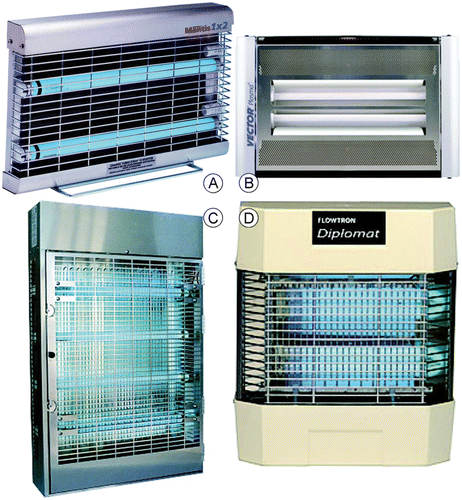Figures & data
Figure 1. Typical industry applications of ILTs in indoor settings. Exposure rates (irradiances) at 100 cm only 3″ fell below 0.1 mW-cm2.

Figure 2. Typical indoor applications of ILTs in laboratory, breakroom and kitchen settings. Exposure rates (irradiances) at 100 cm only 39″ fell below 0.1 mWcm2.
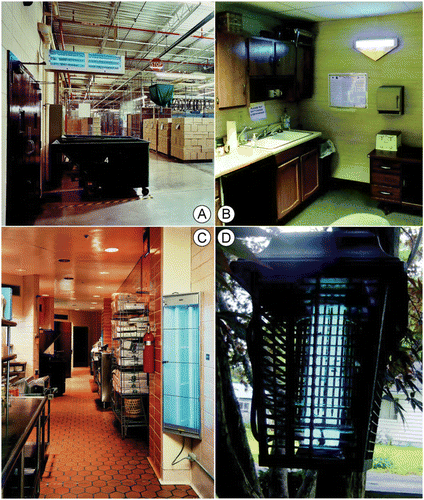
Table 1. ILTs (insect light traps) studied.
Figure 4A. Spectral irradiance of Osram-Sylvania F40/350BL 40-watt T12 tubular fluorescent lamp at a distance of 10 cm from the lamp tube surface. This high-quality well-calibrated spectrum was obtained using a double-monochromator with low stray-light (Model OL 750-D, Optronic Laboratories, Orlando, FL). Spectral radiance is 2 x the above vaues/sr.
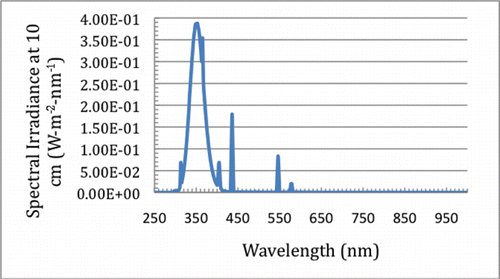
Figure 4B. Semi-logarithmic plot of spectral irradiance of Osram-Sylvania F40T12/350BL 40-watt tubular fluorescent lamp at a distance of 10 cm from the lamp tube surface. This high-quality well-calibrated spectrum was obtained using a double-monochromator with low stray-light (Model OL 750-D, Optronic Laboratories, Orlando, FL).
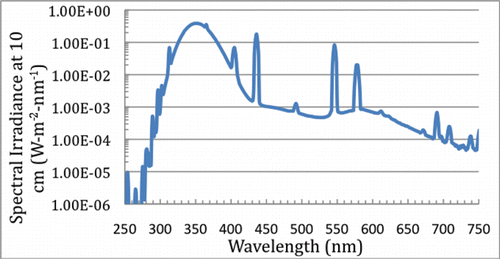
Table 2. Insect light trap (ILT) maximum unweighted UVAFootnotea and effective actinic UVFootnoteb irradiances at relevant exposure distances.Footnotec The ultraviolet values were computed in a spread-sheet from absolute spectral irradiance data collected with a rapid scan single grating CCD spectroradiometerFootnoted while employing additional precautions to reduce errors from stray light.
Figure 5. Actinic S(λ)-spectrally weighted irradiances for all ILT units tested. Note that none of the units—even larger (Pelectrical > 100 W) units—exceeded the daily exposure limit of 0.1 µW·cm−2 at 200 cm.
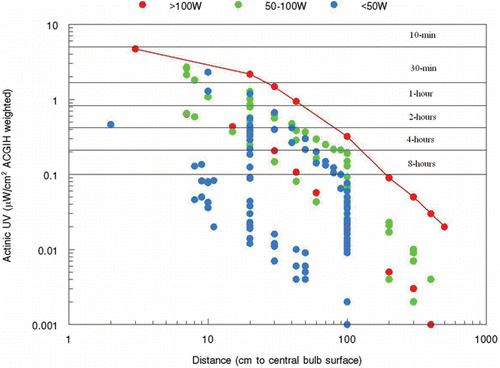
Figure 6. Non-weighted total (300–400 nm) irradiances for all ILT units tested. Note that none of the units—even larger (Pelectrical > 100 W) units—exceeded the daily ACGIH and ICNIRP exposure limit of 1-mW·cm−2 for skin at 50 cm. However, the highest-power units emitted total UV-A exceeding the more conservative ICNIRP (eyes only) limit of 33 µW·cm−2 for 8-hr out to as much as 250 cm. Of course continuous staring at such lamps for hours is totally unrealistic.
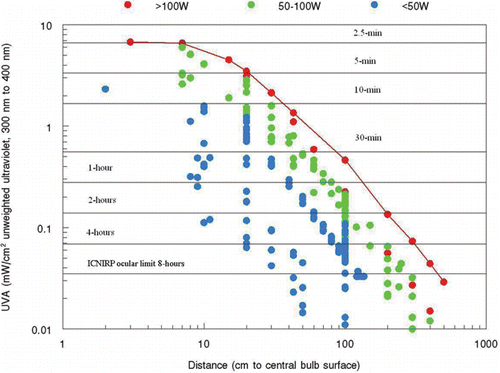
Figure 7. The ACGIH UV Hazard Function S(λ) describes approximately the relative spectral risk for photokeratitis.
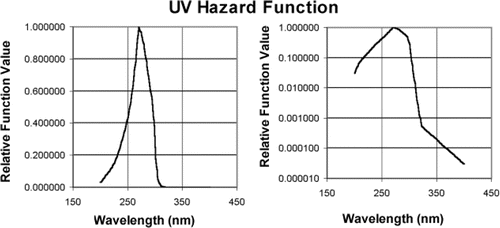
Table 3. List of lamps that were measured (studied).

